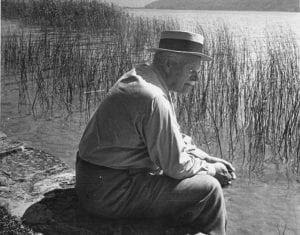It does not suffice in all cases to elucidate only the conceptual context of a dream-content.
Often it is necessary to clarify a vague content by giving it a visible form.
This can be done by drawing, painting, or modelling.
Often the hands know how to solve a riddle with which the intellect has wrestled in vain.
By shaping it, one goes on dreaming the dream in greater detail in the waking state, and the initially incomprehensible, isolated event is integrated into the sphere of the total personality, even
though it remains at first unconscious to the subject.
Aesthetic formulation leaves it at that and gives up any idea of discovering a meaning.
This sometimes leads patients to fancy themselves artists—misunderstood ones, naturally.
The desire to understand, if it dispenses with careful formulation, starts with the chance idea or association and therefore lacks an adequate basis.
It has better prospects of success if it begins only with the formulated product.
The less the initial material is shaped and developed, the greater is the danger that understanding will be governed not by the empirical facts but by theoretical and moral considerations.
The kind of understanding with which we are concerned at this stage consists in a reconstruction of the meaning that seems to be immanent in the original "chance" idea. ~Carl Jung, CW 8, Para 180

